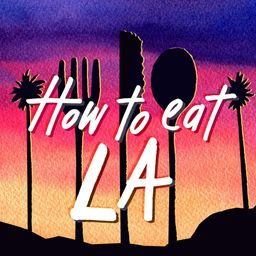Chasen's Served the Most Expensive Beans in L.A.
Los Angeles' most glittering restaurant specialized in chili. But Ronald Reagan loved the boiled beef.
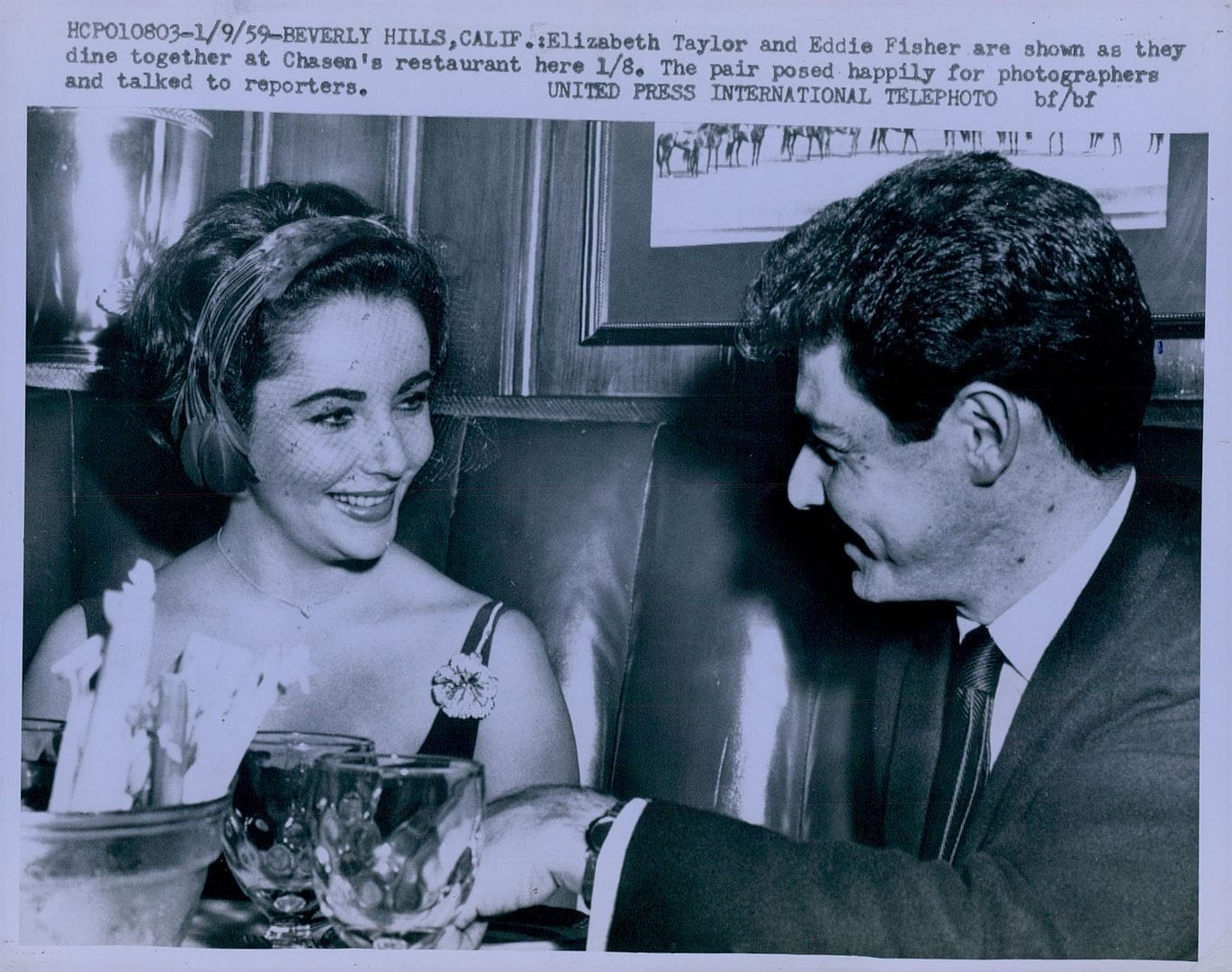
Los Angeles' most glittering restaurant for most of the mid-1900s specialized in chili — though Ronald Reagan loved the boiled beef most. Celebrities just couldn't get enough: Elizabeth Taylor would have bulk orders of that chili delivered to her when she was working out of town. The restaurant that hosted Academy Awards after-parties for many years started as a barbecue shack in 1936, back when the westside was rural and agricultural. (Multiple sources say the shack was "in a bean field.") But after a few years Chasen's became a Hollywood legend in its own time.
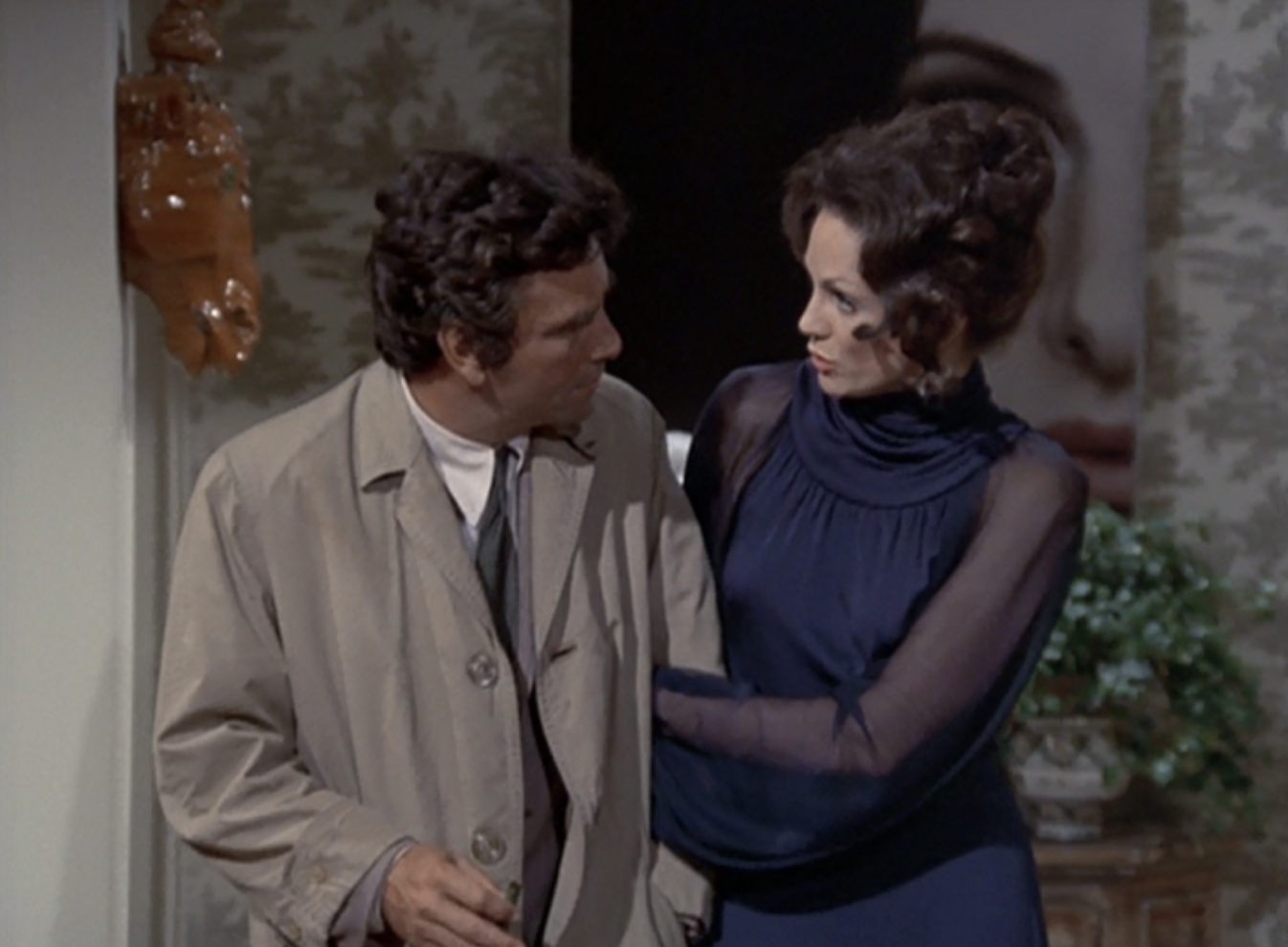
Season two, episode three of "Columbo" has an escort, played by Valerie Harper, telling Columbo, whom she has mistaken for a client, "we'll go to The Luau for drinks, and then Chasen's." By the time the show aired, in the early 1970s, Chasen's wasn't exactly trendy, but it was hopping with Hollywood royalty every night. Reagan had a booth reserved for him (his first wife would usually accompany him, and then later he proposed to Nancy in the booth.) Alfred Hitchcock had a booth, too — I've heard he was known to fall asleep in it, but I've heard the same thing about Orson Welles at Ma Maison, so I think that might just be a tale people tell about older, larger auteurs.
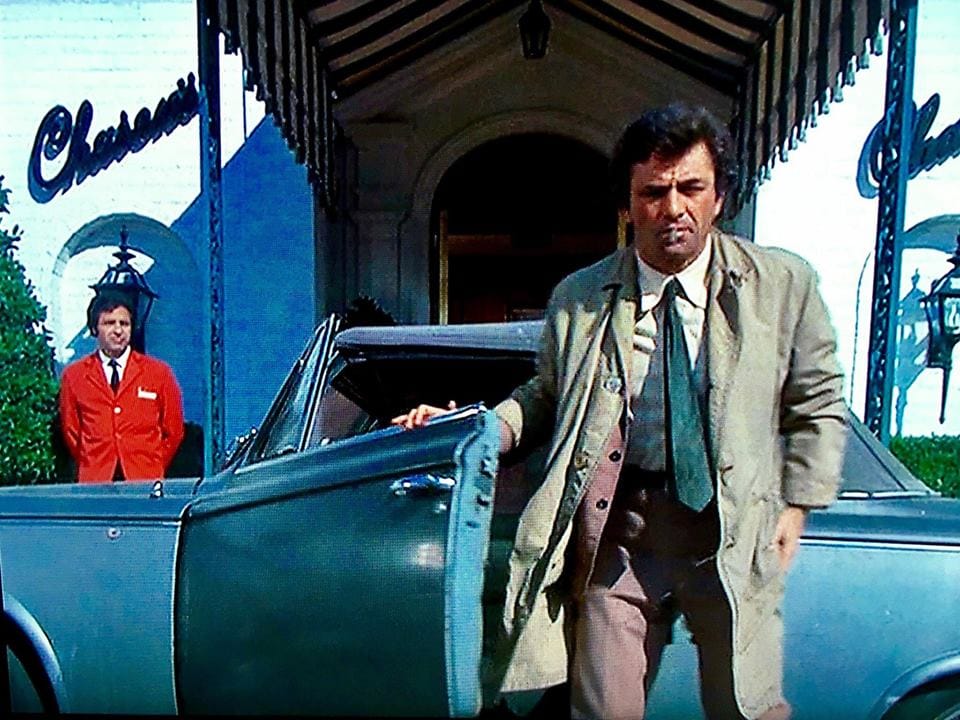
The restaurant was run by a working actor named Dave Chasen, who apparently impressed people more with his cooking than his comedy. His main funders were Frank Capra and the founding editor of The New Yorker, Harold Ross. Early clientele was seeded with writers who wanted to be in Capra and Ross's favor, and the actors soon followed.
In doing Los Angeles restaurant history research, I come across a number of blogs, usually abandoned by this point, written by the more idiosyncratic of the Hollywood scions and hangers-on. They make me kind of queasy; they're the written equivalent of being in a dive bar in the Valley and an old man starts telling you about touring with Jackson Browne and asks if you and your friend are sisters. But I can't stop reading them. "I remember in the mid-1980s you could buy cocaine from one of the valet guys in Chasen's west parking lot," says tvparty.com.
This is one of my favorite paragraphs ever, from Cruising the Past, which is not what it sounds like: "Sal was rehearsing for our Los Angeles production of “Cat” at the Westside Playhouse. Tragically, he was the victim of a robbery-murder outside his apartment in West Hollywood days before the play was to open. I saw Sal the day he died at rehearsals. It was such a terrible loss. I also had dinner with silent film star Ramon Navarro at Chasen’s, whom I met when sailing to Australia on the RMS Canberra."
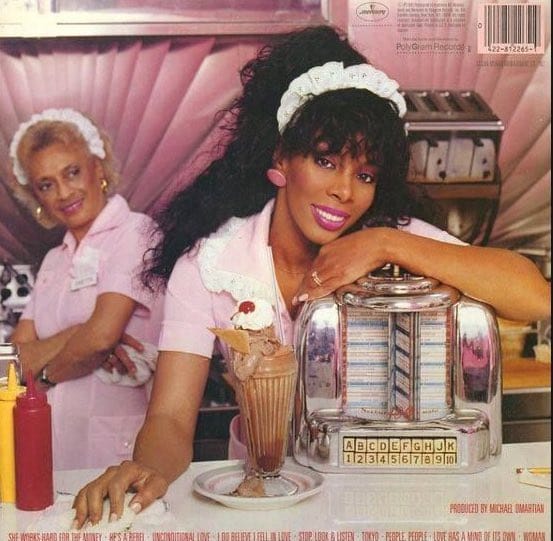
Perhaps the most famous post-1960 story about Chasen's is that Donna Summer wrote the chorus to her song "She Works Hard for the Money" on toilet paper, in the restroom, after encountering ladies' room attendant Onetta Johnson. That's Johnson on the back of the album cover with Summer, but, stressfully, there's no indication she made any money from being an accidental muse.
The story of 'She Works Hard for the Money'
Chasen's kept the same menu over the decades, steadfastly serving items no one would associate with elegance now. "My own favorite dinner as a youngster at Chasen’s was a parsley-flecked ground sirloin steak with a side order of O’Brien potatoes. These were potatoes diced into perfect cubes and fried crisp and golden brown with bits of onion and red and green bell pepper," said former child-about-town Colman Andrews, describing something that is otherwise a classic greasy spoon order. It seems that the "best" food in L.A., for a very long time, was the most boring stuff middle America could come up with.
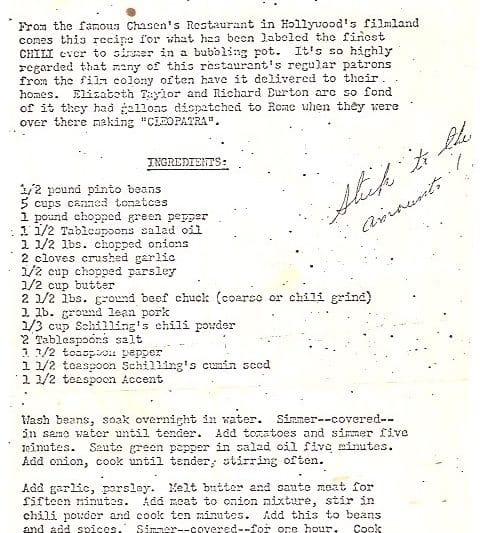
O.J. Simpson talking about Elizabeth Taylor talking about Chasen's chili. (Incidentally, I was reading Yelp reviews for Peppone, in Brentwood, and one of them said "it was O.J. Simpson's favorite restaurant!" It was a five star review and I don't understand some people.)
But the restaurant lasted 59 years, so the owners certainly knew what they were doing, and had a point of view. Upon Chasen's closing in 1995, the long-time maitre d' publicly disdained the competitors, saying "...the food. Don't get me started on that. I like places with a good bar and good food. These new places – you order food and you get a bunch of flowers on your plate. I like to see food on my plate. I don't want flowers."
Columbo would've agreed.
More "Columbo"-inspired histories:
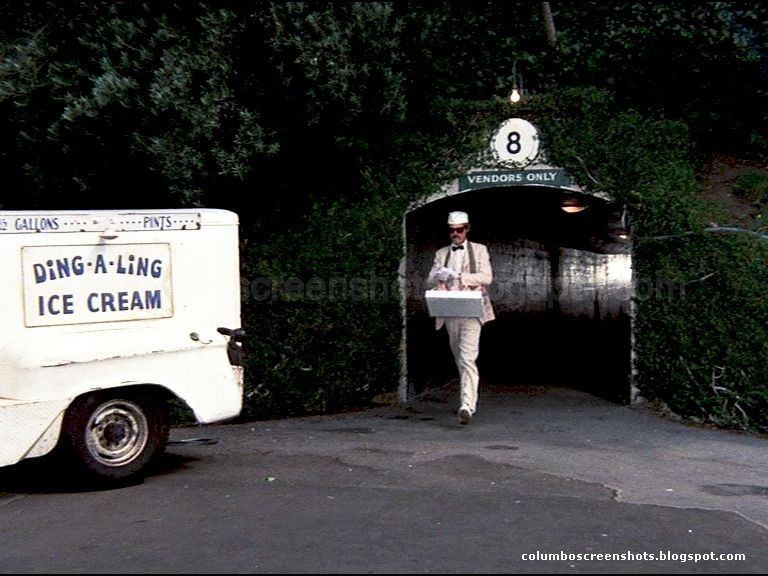
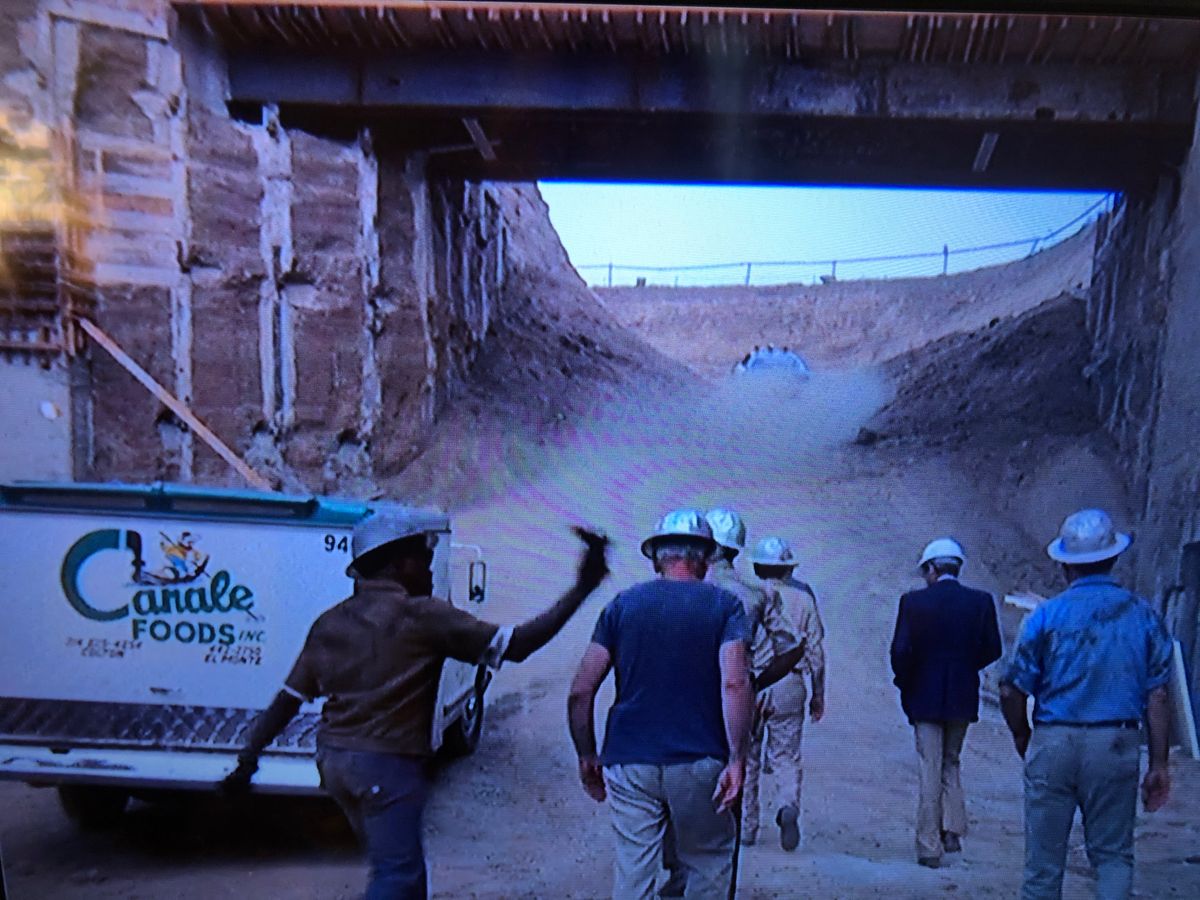
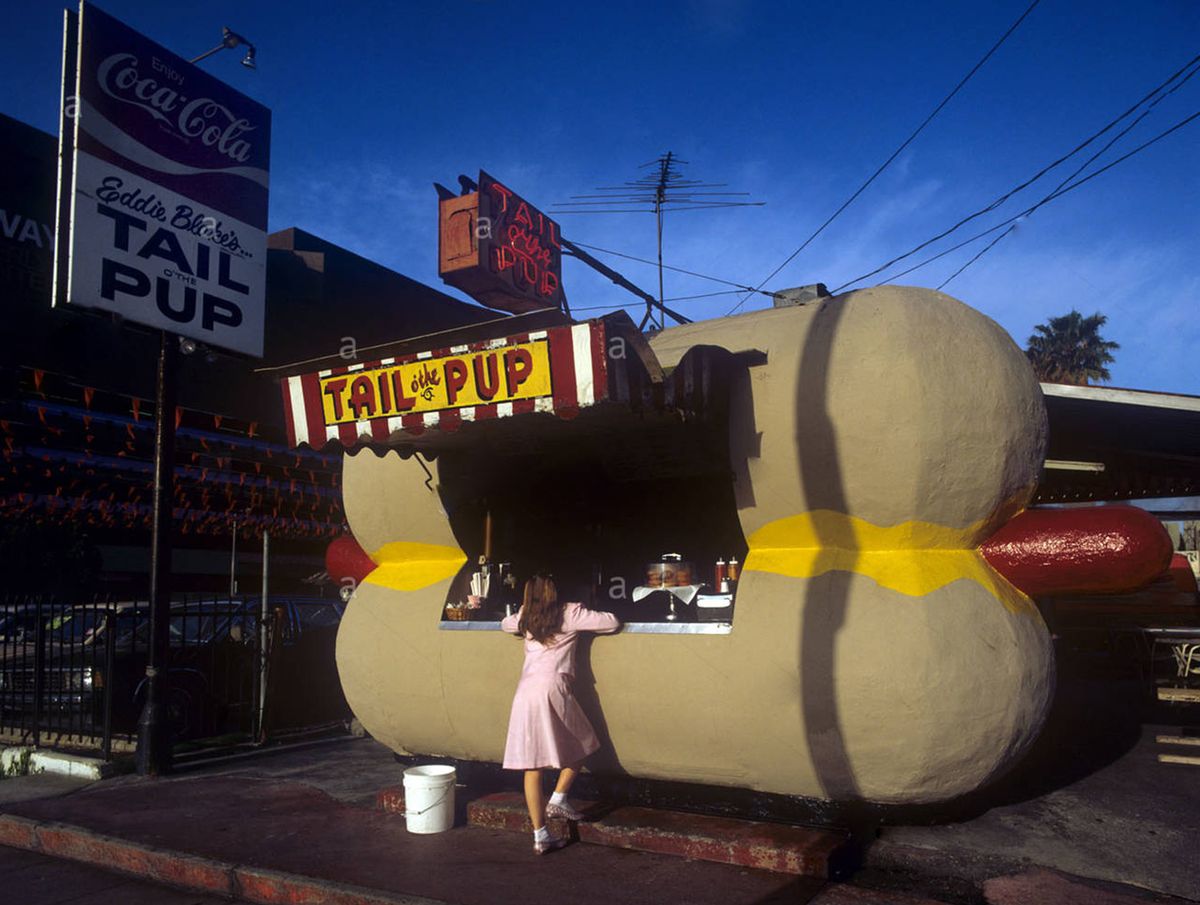
If you'd like to donate without subscribing, you can do so on Venmo and PayPal. Thank you!
Find me on social media: Instagram, Threads, and TikTok.
Editor's note: I consider myself a journalist, not an influencer, so I do not accept free food and I do not tell restaurants who I am.
See the map of all How to Eat L.A. picks here.

